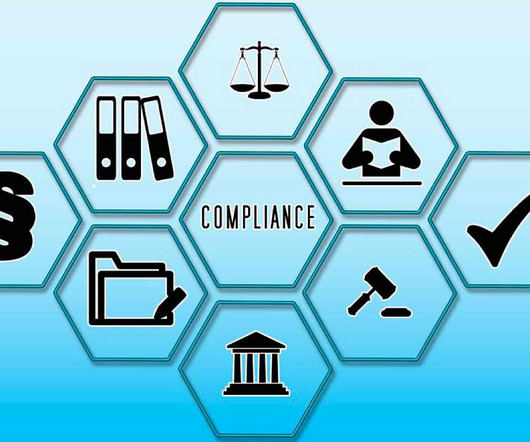Credit Card Surcharges: What Are They, and How Do They Work?
Stax
SEPTEMBER 26, 2024
Credit card surcharges are increasingly becoming a fact of life. Industry data shows that 9 out of 10 credit card users say they don’t want to pay surcharges but do it anyway. That said, you can’t just decide and impose credit card surcharges overnight. Learn More What is a Credit Card Surcharge?












Let's personalize your content